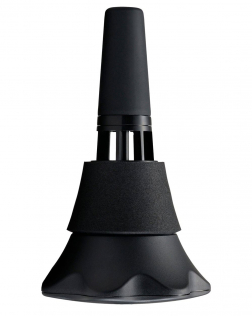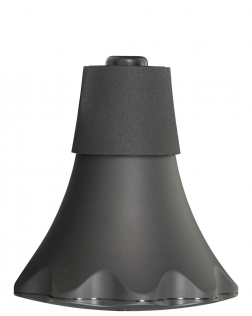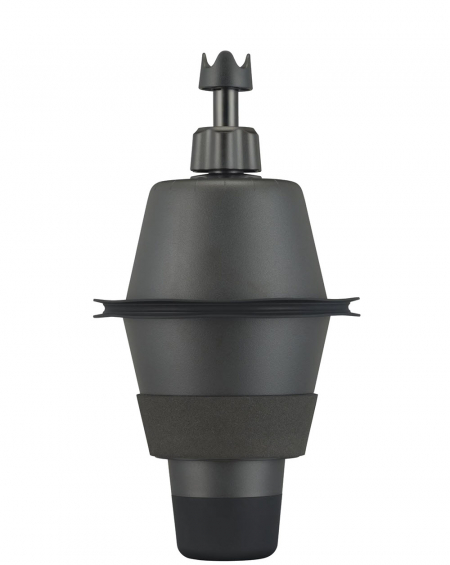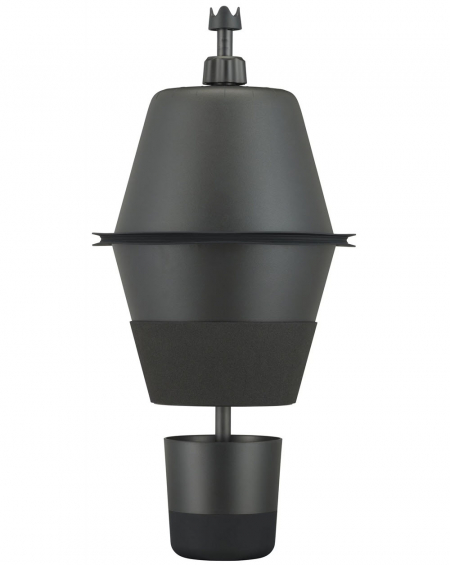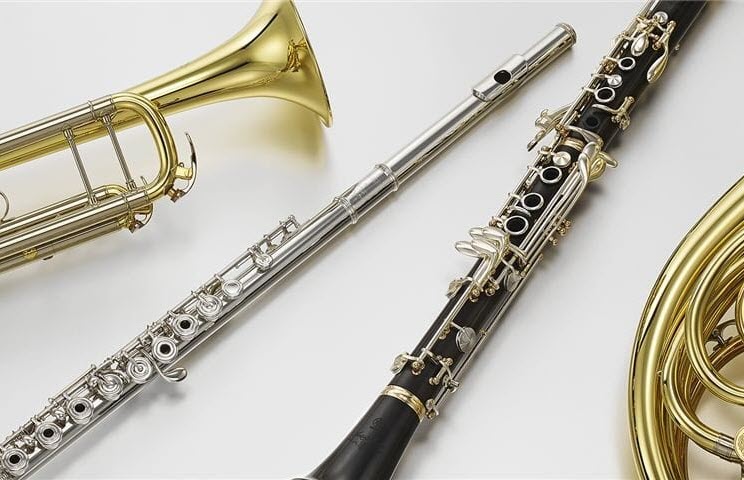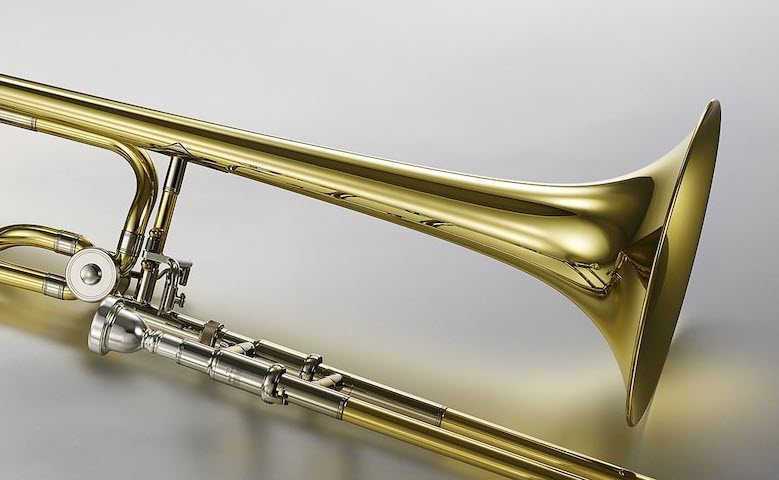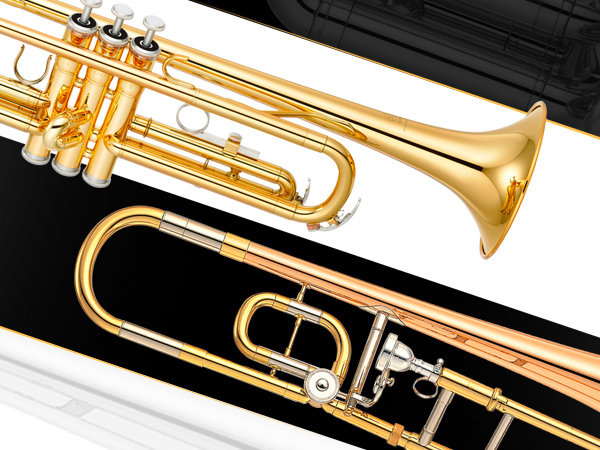How Yamaha SILENT Brass™ Works
How to practice without disturbing the neighbors.
Takayasu Ebihara, head of product planning for SILENT Brass™ at Yamaha Corporation of Japan, began playing the French horn in his first year of junior high school. He has a vivid memory that informed his career choice. “Over the summer break, I brought home my instrument so that I could clean it,” he recalls. “My mother wanted to hear me play, so I thought I’d give it a go — but after only a minute of me playing, a neighbor called to complain.”
From time immemorial, all over the world, brass players have faced the same dilemma: How to practice without disturbing the neighbors?
With the introduction of the first SILENT Brass system in 1995, Yamaha provided the perfect solution. And with the recent introduction of the third-generation SILENT Brass system, things have gotten even better.
Ready to learn more? Read on …
FROM MUTED TO UNMUTED
Before the introduction of SILENT Brass, the only practical option a player had for quiet (though not silent) practice was to use a mute. These devices are designed to be placed directly inside the bell of the instrument and are commonly made of cardboard, aluminum or wood, with cork or spring clips employed to hold them in place.
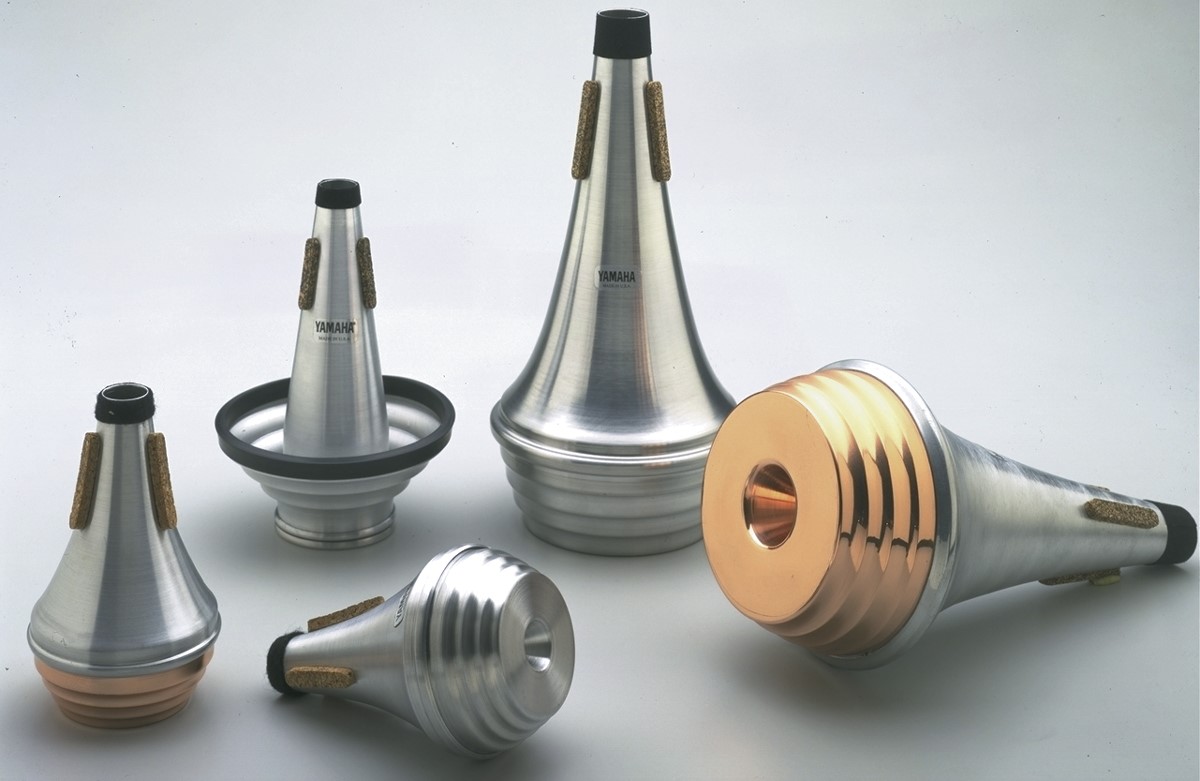
The benefit of using a practice mute is that it greatly reduces the sound of the instrument, but there are two major drawbacks. First, it drastically changes the tonality of the instrument, giving it a tinny sound. Even more significantly, using a mute makes it harder to play the instrument and control pitch, so many players find it tiring and difficult to use. “They’re generally considered a necessary evil,” says Jonathan Goldman, Senior Product Marketing Specialist, Winds and Strings at Yamaha Corporation of America. “The problem is that you have no way to really hear yourself. You’re kind of playing on feel, so you tend to overblow and push too hard so that you can hear something resembling pitch and articulation. After a short amount of time — 20-30 minutes tops — you’ve got to put the mute away. You have to stop playing because it can really mess with how you perceive pitch and how you perceive your sound.”
Enter Yamaha SILENT Brass
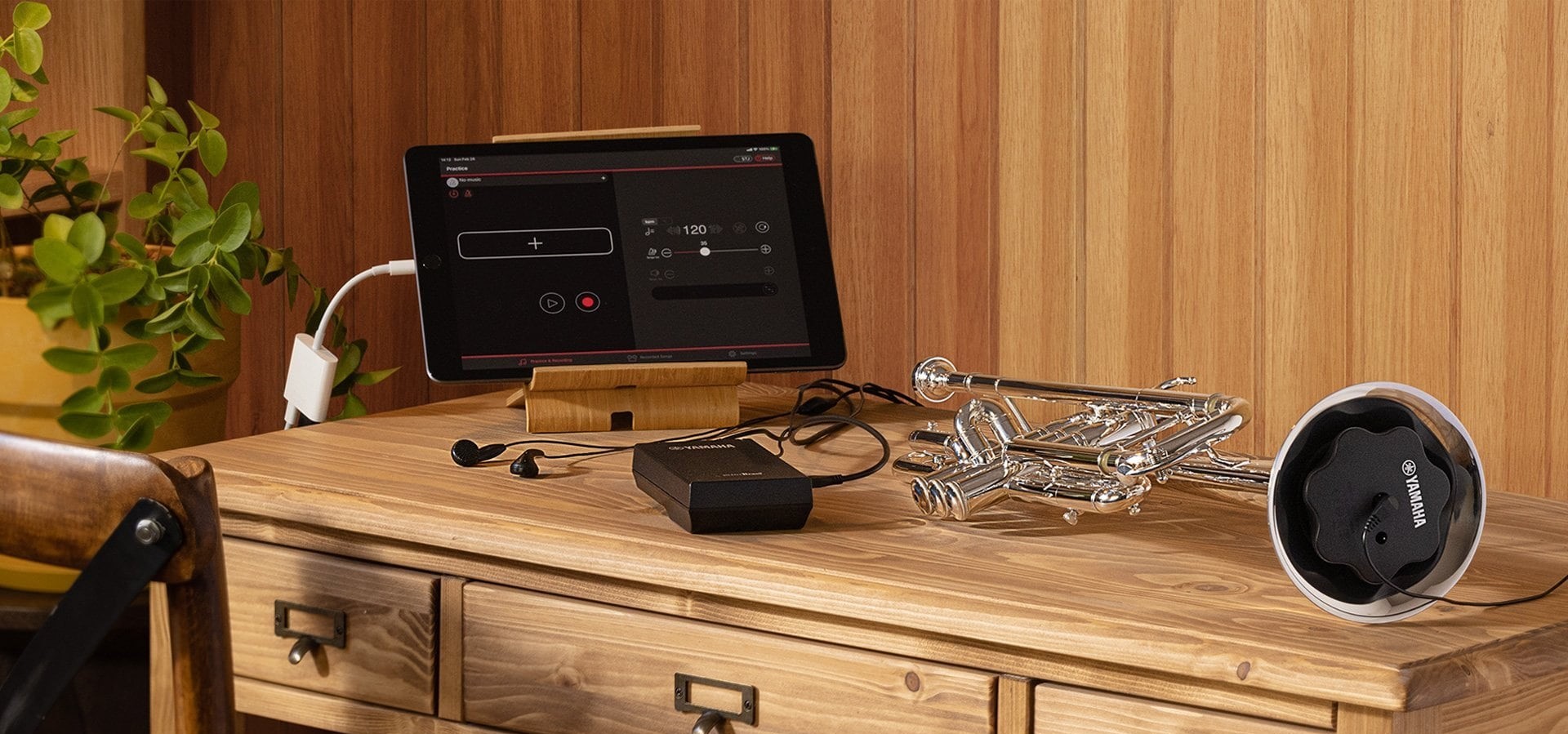
The Yamaha SILENT Brass system not only turns the sound of a muted instrument into that of an unmuted instrument, it restores playability. Here’s how it works.
The system consists of a special practice mute fitted with a pickup microphone (appropriately enough termed a Pickup Mute™), which is connected to a small electronic Personal Studio™ unit that clips onto the player’s belt. That little box incorporates Yamaha-exclusive Brass Resonance Modeling technology that works in much the same way as noise-cancelling headphones, removing the tinny muted tonality and replacing it with the natural acoustic tone you hear when playing without a mute, making it sound as though you are playing mute-free. (More about this below.) The Personal Studio unit can also be connected to a computer or smart device via a supplied USB cable, making it easy to record performances or take part in online lessons at home. Just plug in the included headphones and anyone can practice to their heart’s content whenever they want.
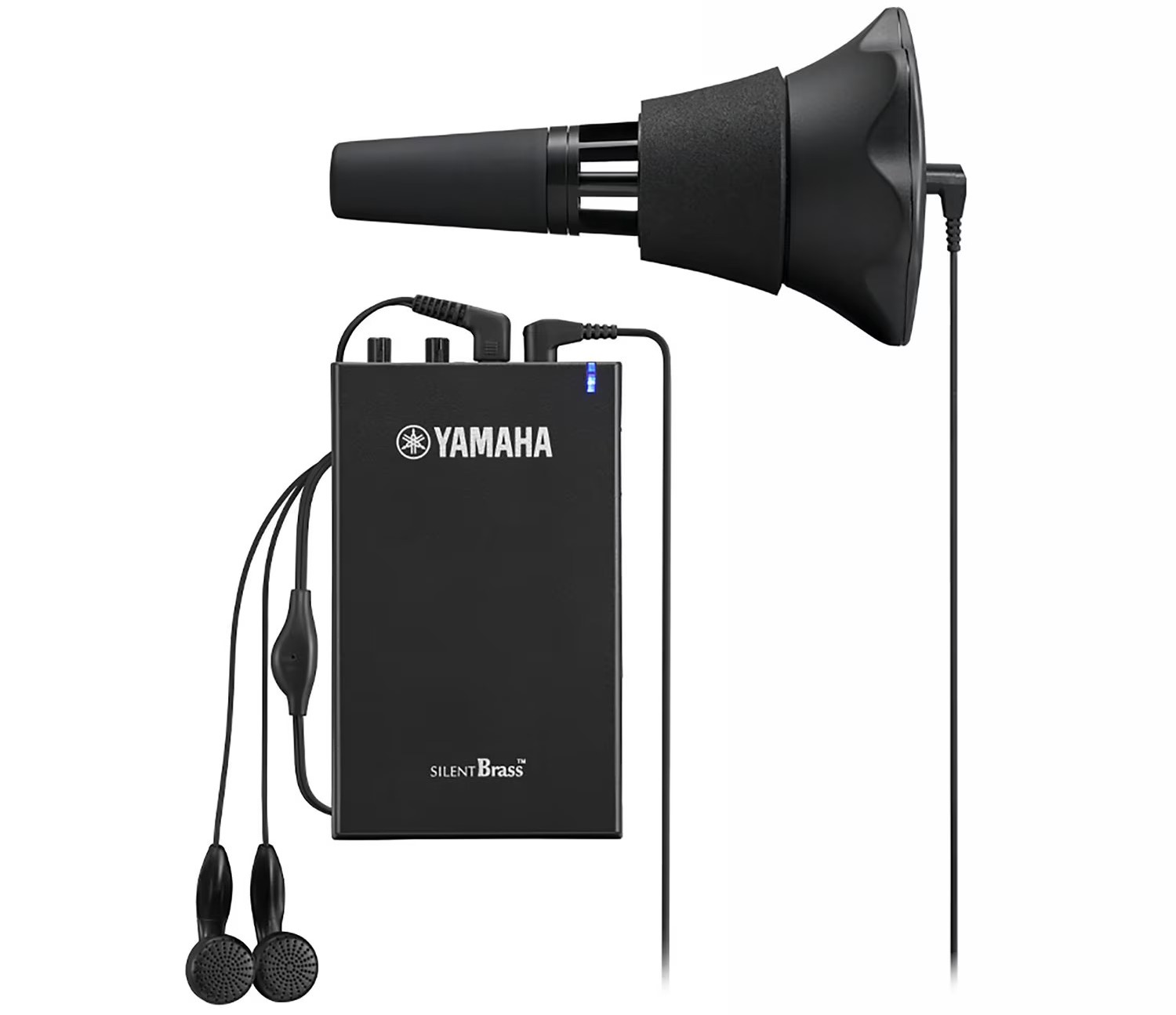
SILENT Brass systems are available for trumpet, cornet, Flugelhorn, trombone, French horn, euphonium and tuba. Each comes with a mute specially designed to recreate the feel and response of that particular instrument. The euphonium and tuba mutes, for example, have an adjustable plunger rod that allows use with a wide range of bell and instrument sizes. When a mute is connected to the Personal Studio box, the system automatically senses which one is being used and triggers the appropriate sound when the pickup mic detects that the instrument is being played.
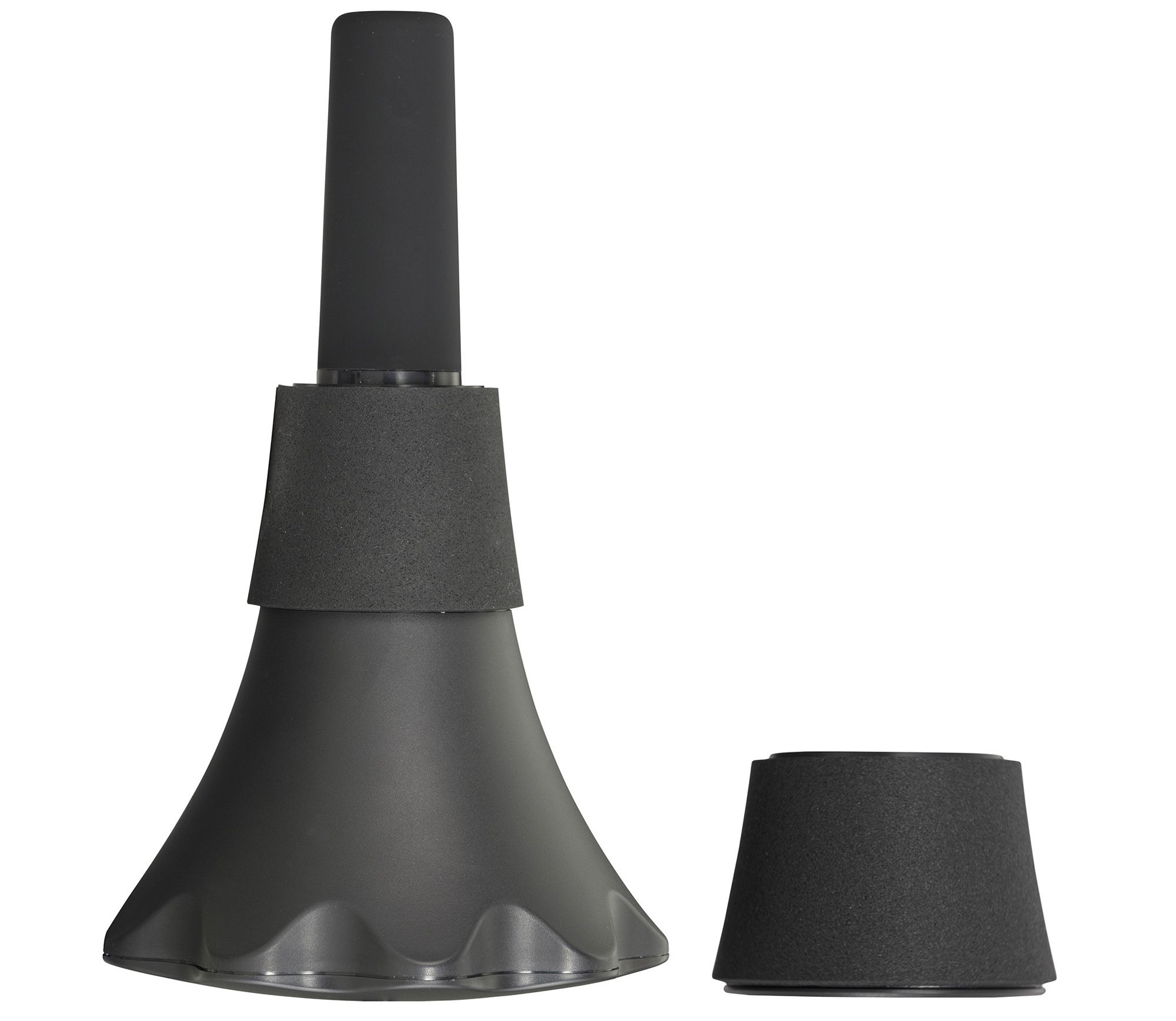
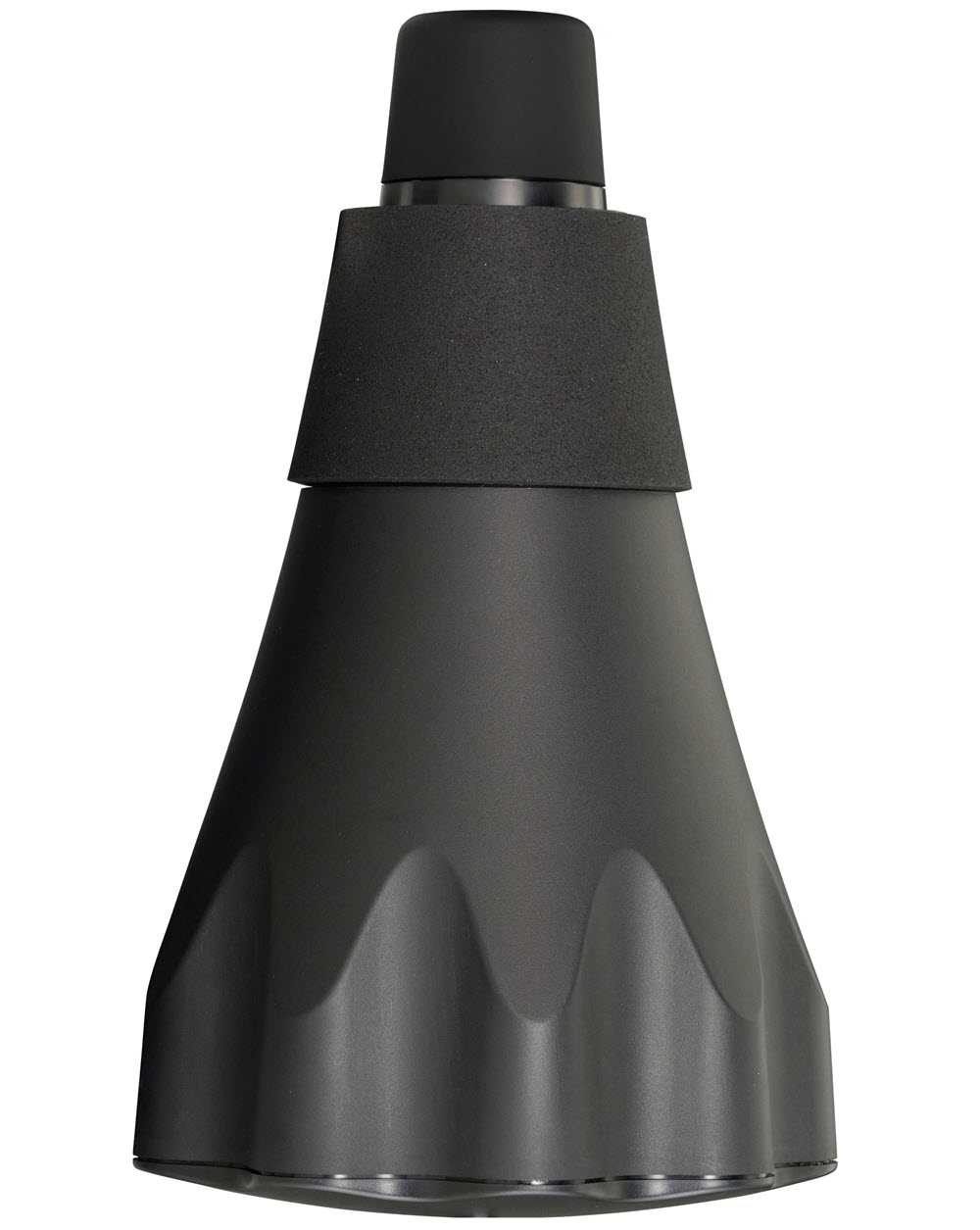
DESIGN IMPROVEMENTS
Today’s third-generation SILENT Brass system offers numerous improvements in terms of both playability and sonics.
In addition to being much more comfortable to blow through, the latest generation SILENT Brass Pickup Mutes are also significantly smaller and lighter than the original ones. “The heavier the mute is, the harder it is for the player to keep the bell up,” says Ebihara. “This is why we did our best to make the mute as lightweight as we could. It is also more compact than previous ones, so players can store their instruments in their cases with the mute still attached.” These new mutes are also designed to attach and remove smoothly and easily, and they can be used independently of the Personal Studio.
“Throughout the development stage, we emphasized that the system needed to have a very lightweight, very portable, extremely free-blowing and quiet practice mute,” says Goldman. “We thought that if we started at the root with a really good-playing practice mute that felt like there wasn’t something in the bell all the time, that would give us the best chance of success. The new mutes are super lightweight — a small fraction of the weight of the original version, which you couldn’t leave in the bell while you were traveling or while it was in the case. They also fit perfectly, almost perfectly flush with the outside of the bell.”
The size of the Personal Studio has been reduced as well, enhancing portability, but the biggest change came in the form of the Brass Resonance Modeling technology incorporated within. “We have always placed value on reproducing the natural sound of instruments,” says Ebihara, “but our digital processing technology has made significant progress since our first model. Our new Brass Resonance Modeling technology effectively cancels out the acoustic characteristics of the mute, allowing the instrument’s natural sound quality to shine through.”
The updated electronics in the new Personal Studio box also help combat the need to overblow in order to hear and feel what you sound like. “The faithfulness of the articulation and your sound is so good that you can spend more time practicing,” explains Goldman. “Your musculature can do what it’s supposed to do in a much more natural way.”
In addition to onboard reverb and individual mic and output gain controls, the new Personal Studio box also provides an aux input so you can play along with songs from your music library. Another new addition is a USB output that allows you to participate in online lessons and directly record your playing as an audio track in a DAW (digital audio workstation) such as Steinberg Cubase. The USB output also enables the SILENT Brass system to integrate with the free Yamaha Rec’n’Share app, allowing you to record your performances — complete with video — on your iOS or Android™ device for sharing with family and friends via social media.
Also new to the Personal Studio are two sound modes: “Player” and “Audience.” Player mode is optimized for practice. When selected, the following processes occur:
- Sound picked up by the microphone at the end of the pickup mute is processed digitally to cancel out the characteristic “closed” sound of the mute.
- The natural sound that emanates from the bell when the instrument is played without a mute is reproduced and added.
- The timing, volume and tone of the sound reaching the player’s left and right ears are individually adjusted, and reverb is added as needed to accurately simulate the feel of performing in a room or hall from the player’s perspective.
In Audience mode, the listener hears the sound of the instrument as if it was being played in front of them, making this mode ideal for recording or online lessons. Here, the following processes occur:
- Sound detected by the microphone at the end of the pickup mute is digitally processed to cancel out the sound of the muted instrument.
- The natural sound that is produced by the unmuted bell is recreated for the player to hear, emulating the sound an audience hears when an instrument is played on stage.
- The sound reaching the listener’s left and right ears are adjusted for timing, volume and tone, with reverb added as needed to accurately simulate the sound of the audience experience.
“The designers were so thoughtful in the way they sampled acoustic instruments,” enthuses Goldman. “They did recordings of the player playing their instrument both with and without the mute, with microphones placed both directly behind the player’s head and in a 360-degree pattern from all different directions. They had microphones hearing what the player is hearing as well as microphones hearing what the audience was hearing.” When used to replace the muted sound, the end result is a drastic reduction of the harshness that comes from the pickup microphone that is sitting inside a plastic environment.
To Goldman, the recording process was one of the keys to Brass Resonance Modeling technology. “I’m a trombone player,” he explains, “so I am used to hearing the instrument on the left side of my head; I hear much more of my sound on the left than I do on the right because there’s nothing there. But if I play French horn, the sound is coming from a lower position on my right, down near my hip. When I plug a SILENT Brass mute into the Personal Studio box, it senses which one is plugged in. In Player mode, the system balances the sound in the stereo field appropriately — to the left and a bit forward if I’m using a trombone mute, lower and to the right if I’m using a French horn mute, just like it is from the player’s perspective. It’s important when you’re practicing to be able to hear the instrument where you naturally hear it. But when you change to Audience mode, the system creates a balanced left-right stereo sound field and adds the sound coming from the front of the bell, recreating what the audience hears. In either mode, when you attack a note, the representation you hear in the headphones is very real.”
THE GENESIS OF YAMAHA SILENT PRODUCTS
Japan is one of the most densely populated nations in the world, dotted with tiny, closely-adjacent apartments and thin separating walls that are sometimes literally made out of paper. It was logical, therefore, that Yamaha — the world’s largest music manufacturer — would be the birthplace of repeated innovations in practice technology, going back many decades.
“In very congested Japan, where they love the arts and they love piano, the number of children practicing piano in densely packed neighborhoods during the day was getting to be problematic; people were complaining a lot,” explains Goldman. Accordingly, the first SILENT product from Yamaha was the SILENT Piano™, introduced in 1993. This groundbreaking instrument, which is still in production today, utilizes a mechanism that lowers a bar inside the piano which prevents the hammers from hitting the strings. Even when employed, the action feels exactly the same — the only difference is that there is no sound of hammers hitting the strings. Instead, when you put headphones on, you hear the digitized sound of a real concert grand piano — a sound that matches the expectations of your ears and enables quiet, private enjoyment of your instrument … complete with something that an acoustic piano cannot offer: a volume control.
Other SILENT products followed, including the first-generation SILENT Brass system that debuted just two years later, along with SILENT Session Drums™ (1996), SILENT Violin™ (1996), SILENT Cello™ (1998), SILENT Bass™ (2000), SILENT Guitar™ (2001) and SILENT Viola™ (2002). With a user experience that makes players forget that their instrument is muted, Yamaha SILENT Brass technology provides musicians with the capability of playing comfortably anytime, anywhere, without bothering the people around them. It is an extraordinary solution that was borne of the company’s goal of placing equal weight on the musician’s own enjoyment and consideration for others.
Check out the videos:
Explore Yamaha SILENT Brass instruments.
Learn more about the design of the Yamaha SILENT Brass system.










